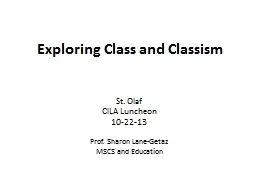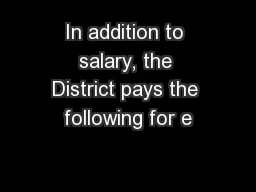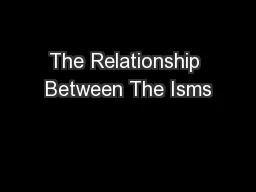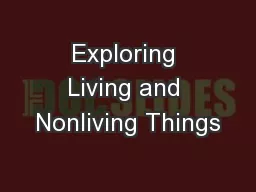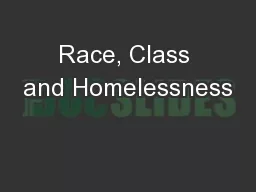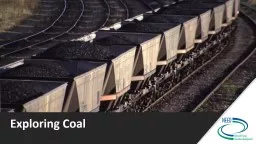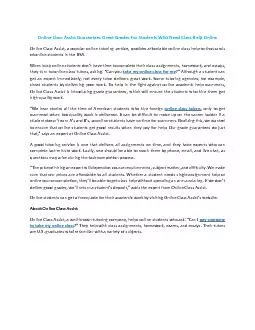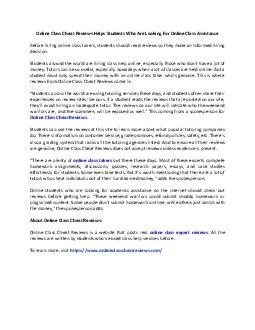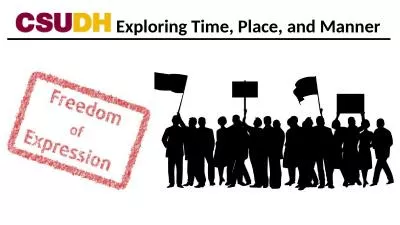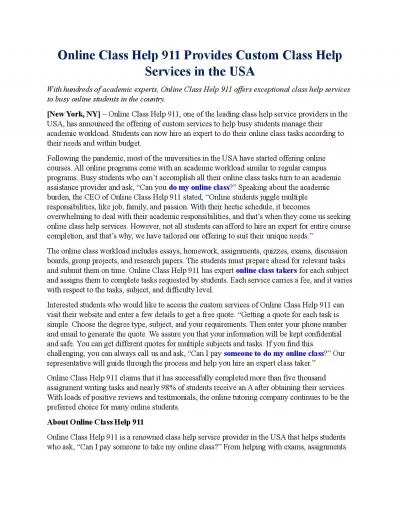PPT-Exploring Class and Classism
Author : molly | Published Date : 2021-01-28
St Olaf CILA Luncheon 102213 Prof Sharon LaneGetaz MSCS and Education Classism in the News Steve Sack Minneapolis Star Tribune September 21 2013 Exploring
Presentation Embed Code
Download Presentation
Download Presentation The PPT/PDF document "Exploring Class and Classism" is the property of its rightful owner. Permission is granted to download and print the materials on this website for personal, non-commercial use only, and to display it on your personal computer provided you do not modify the materials and that you retain all copyright notices contained in the materials. By downloading content from our website, you accept the terms of this agreement.
Exploring Class and Classism: Transcript
Download Rules Of Document
"Exploring Class and Classism"The content belongs to its owner. You may download and print it for personal use, without modification, and keep all copyright notices. By downloading, you agree to these terms.
Related Documents

